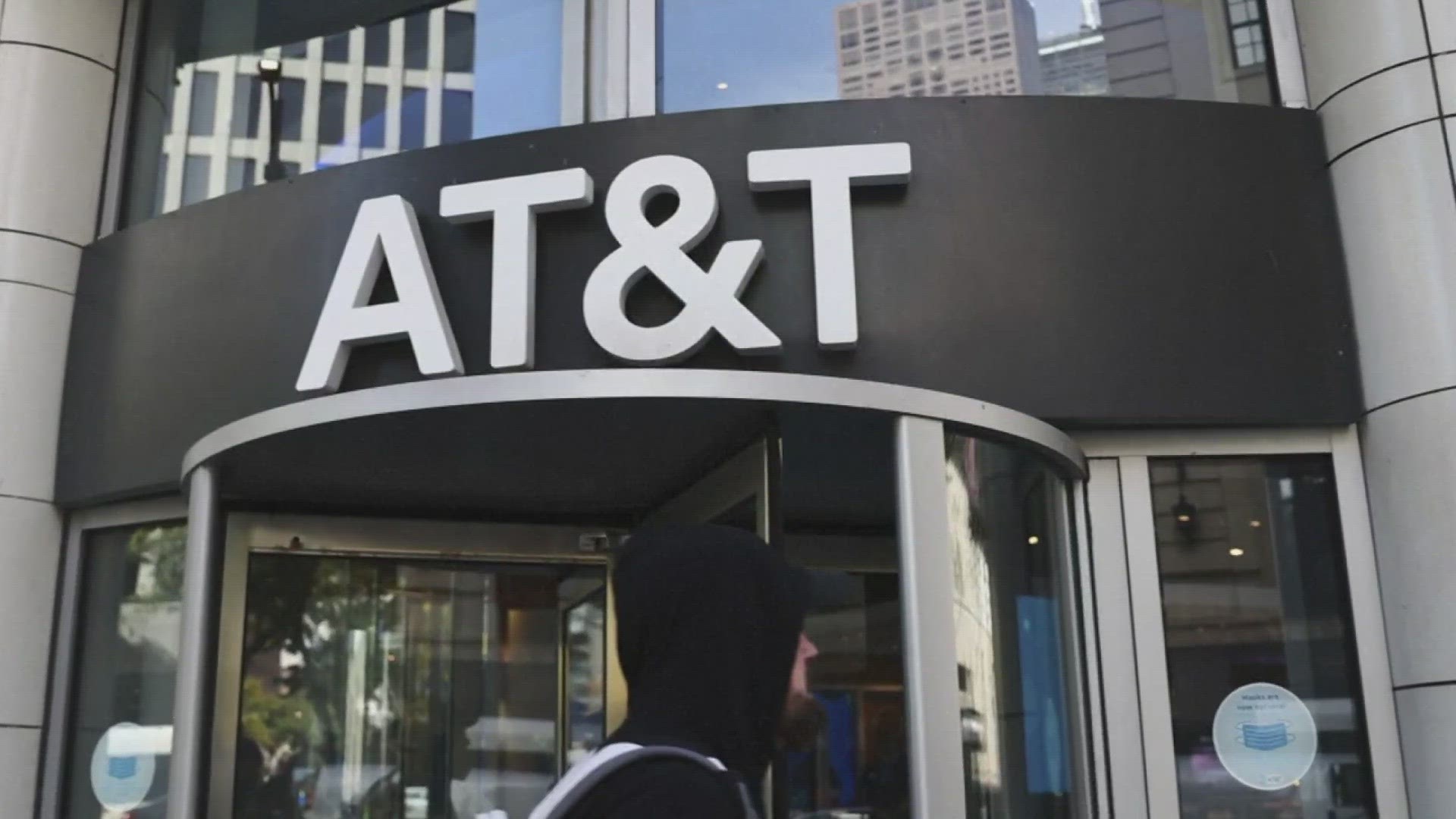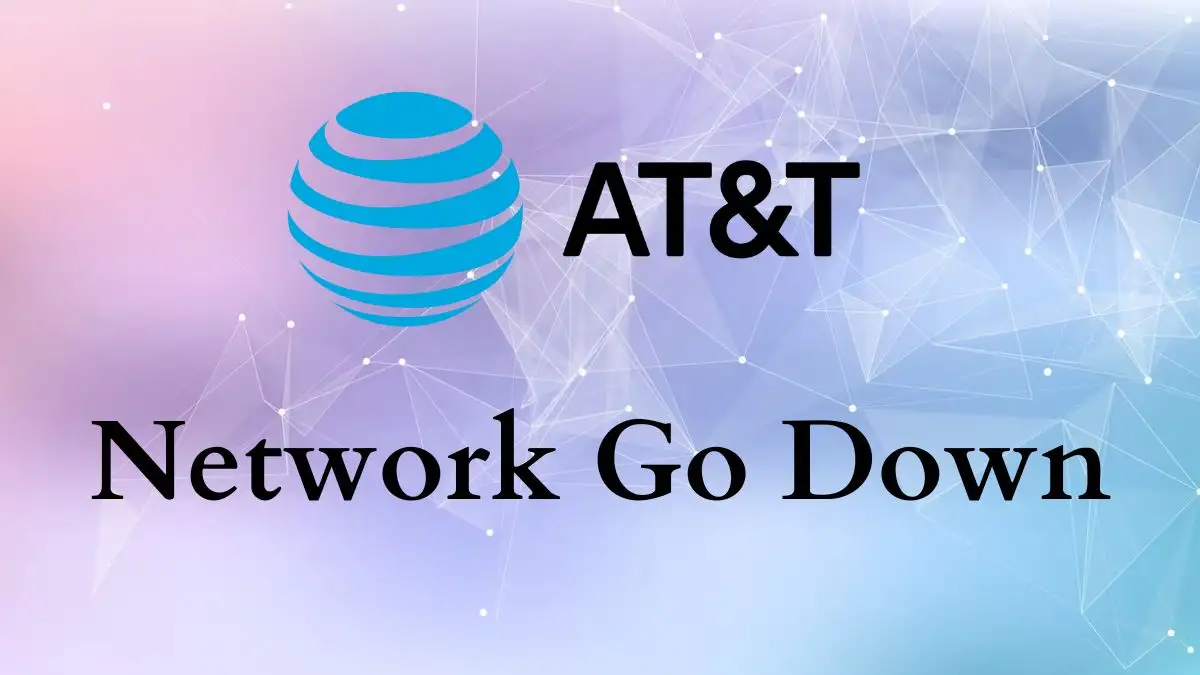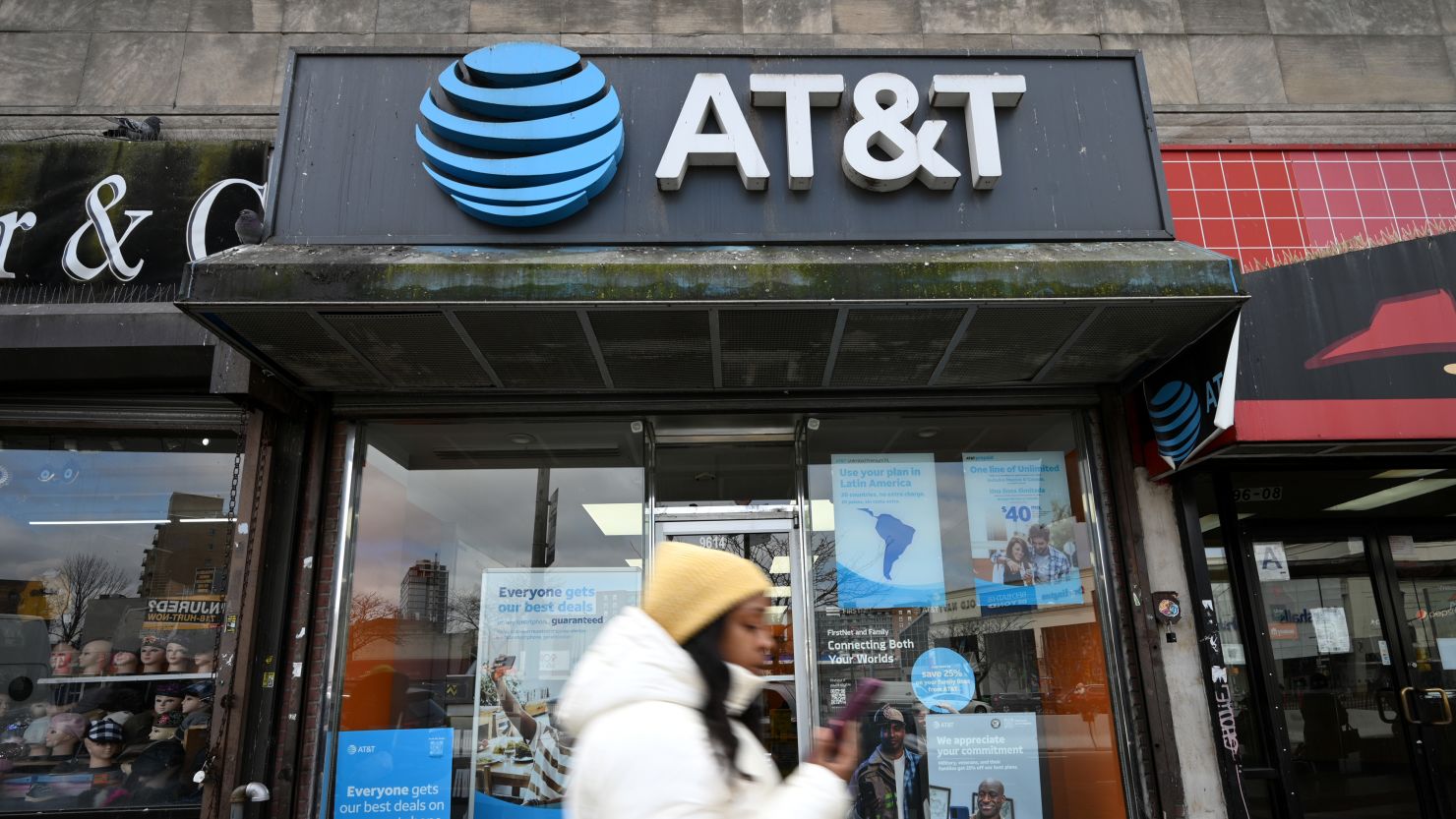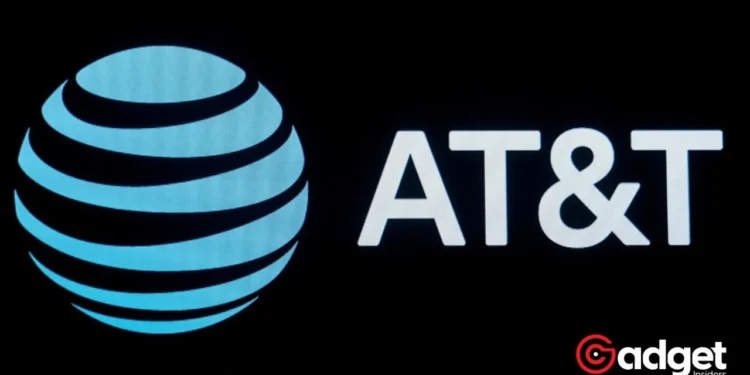In an era where connectivity is akin to oxygen, the recent AT&T network outage sent shockwaves across the United States, leaving tens of thousands grappling with the sudden loss of service. This incident not only sparked a flurry of frustration and inconvenience but also raised pertinent questions about the resilience of our telecommunications infrastructure.
Here, we delve into the crux of the matter, shedding light on the cascade of events that led to this disruption and the steps taken to mitigate the fallout.
The Backbone of Communication: Understanding AT&T’s Network
AT&T’s vast network, a lifeline for millions, is the epitome of modern telecommunications, bridging distances with its intricate web of cellular towers, fiber-optic cables, and satellite links. This network is the foundation for a plethora of services, from making calls and sending texts to streaming videos and accessing the internet on a myriad of devices.
Operating on various frequencies and utilizing cutting-edge technologies like 4G LTE and 5G, AT&T ensures fast and reliable connectivity across urban and rural landscapes alike, playing a pivotal role in our digital existence.

The Day the Lines Went Silent
The unexpected hiccup in AT&T’s otherwise seamless service left customers in a lurch, with reports of disrupted calls and internet services flooding in from various states.
Unlike its counterparts Verizon, T-Mobile, and UScellular, who reported no such disturbances, AT&T found itself in the eye of the storm. Swift to acknowledge the issue, the company’s technicians worked tirelessly to rectify the problem, managing to restore service by mid-afternoon.
Swift to acknowledge the issue, the company’s technicians worked tirelessly to rectify the problem, managing to restore service by mid-afternoon.

The Culprit: A Software Snag
Contrary to the whirlwind of speculations hinting at a cyberattack, AT&T disclosed that the outage stemmed from a software bug encountered during a routine network expansion.
This revelation came as a sigh of relief to many, dispelling fears of compromised security. However, it also highlighted the intricate challenges telecommunications giants face in maintaining the robustness of their networks.
AT&T disclosed that the outage stemmed from a software bug encountered during a routine network expansion.
Hmm, AT&T network is down. Can’t remote login to Meditech. All I need is Allscripts and Cerner to go down…
Oh wait, nevermind.. paper charts. pic.twitter.com/8QoBswAmjK
— Sayed Tabatabai, MD (@TheRealDoctorT) February 22, 2024
Lessons Learnt and the Road Ahead
This incident serves as a stark reminder of the critical importance of maintaining and updating telecommunications infrastructure with the utmost diligence.
AT&T’s proactive response, coupled with its commitment to enhancing software update protocols, sets a precedent for the industry. As we navigate through the digital age, the resilience of our communications networks remains paramount, ensuring that life, in all its connected glory, goes on uninterrupted.

Keeping the Digital Pulse Alive
In a world where digital connectivity is non-negotiable, the AT&T outage was a wake-up call for many, spotlighting the vulnerabilities inherent in our interconnected world.
Yet, it also underscored the resilience and swift response capabilities of one of America’s telecommunications stalwarts. As AT&T navigates through the aftermath, bolstering its network and protocols, the incident remains a testament to the challenges and triumphs in the quest for uninterrupted digital connectivity.










